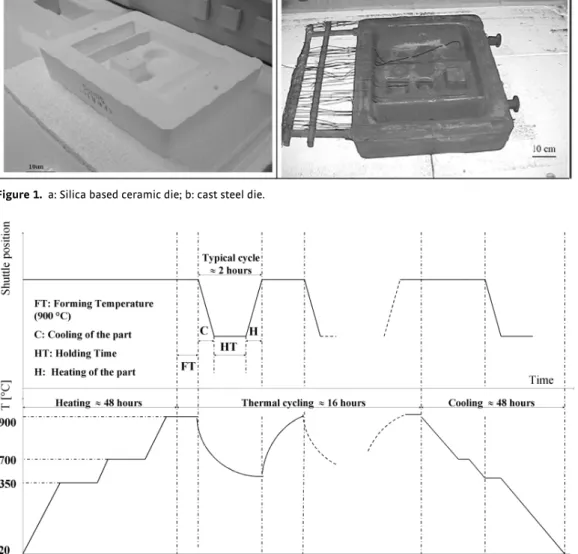Thermal behaviour modelling of superplastic forming tools
Texte intégral
Figure




Documents relatifs
Alexandre, Bertrand, Charles et Denis sont quatre amis. Nous avons sur eux les renseignements suivants : Alexandre rencontre souvent le professeur
Although we cannot ascertain the specific roles of HoLA compared with free hopanoids, our physical–chemical analyses, conducted on reconstituted asymmetric bilayers, clearly
Degradation patterns of n-alkanes were comparable in both oil treatments (FI+oil and SW+oil) after the 125 days of incubation, whereas degradation of naphthalenes and PAHs
Our novel lattice desegmenta- tion algorithm effectively combines both segmented and desegmented views of the target language for a large subspace of possible translation outputs,
Michael Alaux Annotation browser o 3B ref o Survey seq GBrowse / JBrowse Physical maps browser GBrowse Genetic maps, Markers, QTLs, MetaQTLs GnpIS SNPs GnpIS Germplasm
Pour importer la structure d’un document XML, base tierce et conserver les données dans leur format d’ori- gine, l’option de menu de l’éditeur d’analyses "Structure de
Si le couplage des nanocristaux avec le microdisque est très supérieur au couplage entre le microdisque et la sphère, alors les deux cavités sont en couplage faible et on ne pourra
Is the performance of the 11-layer soil hydrology ORCHIDEE version superior to the simpler two-layer scheme, for simulating the average spatial distribution of fAPAR, GPP, ET, and